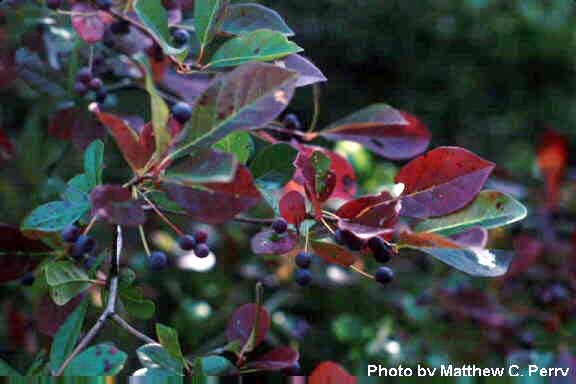Black Tupelo : Black Tupelo & The Environment
It’s high in crude fat content, fiber, phosphorus, and calcium.
Because it grows wonderful cavities, black tupelos are known for being a great den tree species.
Around the autumn solstice, this tree attracts birds of various species. Typically a bird is territorial, especially when it comes to its perching tree. However, the N. Sylvatica puts aggression at ease, allowing birds of all types to gather on its branches. The reason why they love the tree isn’t definite, however one could think the sheer fiery fall beauty plays a role.
The tree is never short on fruits for their feeding either. The fruits are high in nutrients and are consumed by various birds & mammals (McGee). They have an extremely high fat content – 30%. Unfortunately this allows the fruits to spoil quicker. Scientists have suggested that the tree’s raging beauty when it turns leaves is its signal to birds to feast and spread its seed before they spoil, to which they appropriately respond.
With age, a gum tree hollows but it can still be alive. As new bark grows on the outside, the space inside expands. Although it would take a while to hallow and grow in order to house a bear, early on these hollows host squirrels, woodpeckers, and raccoons.
Compared to other trees, the N. Sylvatica isn’t host to many insects. Only a few caterpillars and moths feed on its foliage. It also hosts a few of them during the winter. Larvae of long-horned beetles are nestled in wood of the dead or dying trees.
Since these trees are located primarily near water, they serve as both a food source and a supply source for beavers.

